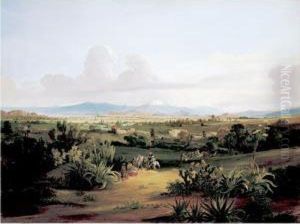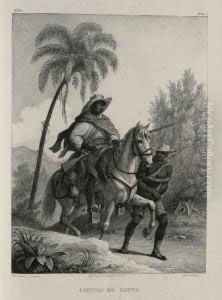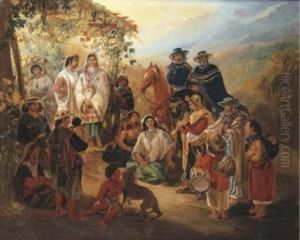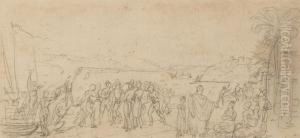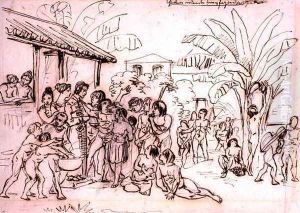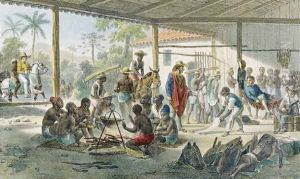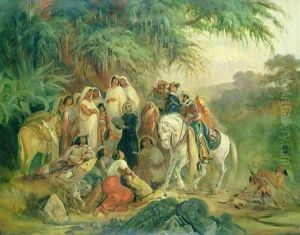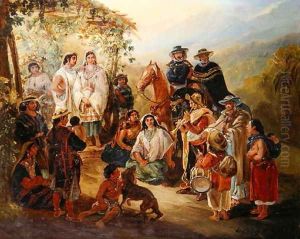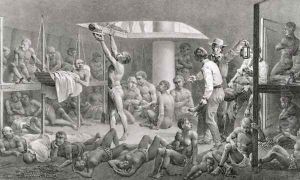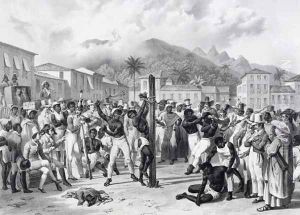Johann Moritz Rugendas Paintings
Johann Moritz Rugendas was a German painter, famous for his works depicting landscapes and ethnographic subjects in Latin America, during the 19th century. Born on March 29, 1802, in Augsburg, Germany, he came from a family of artists and engravers. He was initially taught by his father, Johann Lorenz Rugendas II, and later studied under Albrecht Adam, a well-known painter of battle scenes. Rugendas' desire to travel and paint took him far from his home in Germany.
In 1821, Rugendas went to Rome, where he was influenced by the works of landscape painters. However, it was his move to Brazil in 1822 that marked the beginning of his major works. He traveled to Brazil as part of a scientific expedition led by the Russian naturalist Baron von Langsdorff. This experience was pivotal in shaping his future artistic endeavors. He became deeply interested in capturing the life, culture, and landscapes of Latin America.
Rugendas' work from this period is characterized by its meticulous detail and its ethnographic accuracy. He had the ability to depict the diverse life of the indigenous peoples and the stunning landscapes with a sense of realism and exoticism. After leaving the Langsdorff expedition due to health issues, he continued to travel extensively across Latin America, including Mexico, Argentina, Chile, Peru, and Uruguay.
Throughout his travels, Rugendas documented the scenery and peoples through his paintings and drawings, many of which were later lithographed and published in Europe. His work not only served as artistic expressions but also as important ethnographic records. His most notable work, 'Voyage Pittoresque dans le Brésil' ('Picturesque Voyage to Brazil'), was published in 1835 and remains a significant historical source.
Rugendas returned to Europe in 1845 and spent the latter part of his life in Germany and France, continuing to paint and exhibit his works. He passed away on August 29, 1858, in Weilheim, Bavaria. Today, Rugendas is remembered for his contributions to the visual documentation of 19th-century Latin American culture and environment. His paintings and drawings provide a valuable insight into the period and are studied for their artistic merit as well as their historical significance.






